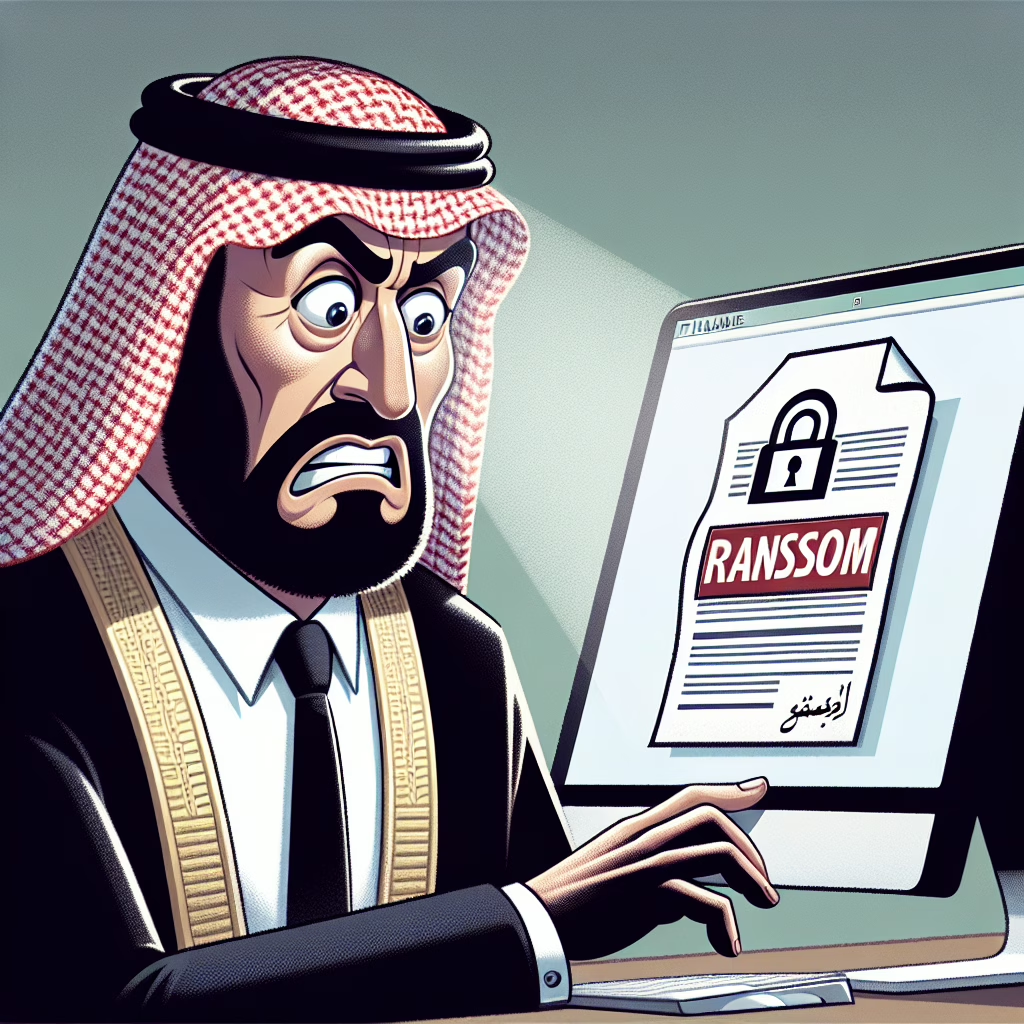In a plot twist worthy of a telenovela, the Peru government recently found itself in a bit of a pickle—an alleged ransomware attack! Yes, you heard that right. Cybercriminals are apparently trying to hold the government ransom, and while the hackers are claiming victory, the officials are waving their hands and shouting, “Not us!” This raises some eyebrows and a few chuckles as we dive into the world of cybersecurity.
What Happened? The Ransomware Saga
According to some notorious hacker group, they have infiltrated systems within the Peruvian government and demanded a hefty sum for their safe return. It sounds like a scene from a bad action movie, doesn’t it? The hackers even went so far as to release documents on the dark web to back up their claims. Talk about putting your cards on the table!
However, the Peruvian government responded with all the confidence of someone who just realized their favorite shirt has a big stain. They firmly denied any such breach, insisting that everything is under control. This leads us to ponder: who do we believe? The shadowy figures lurking in the digital abyss or the officials clad in suits?
The Art of Denial: A Government’s Best Friend
Let’s face it; denying a ransomware attack is almost an Olympic sport for governments worldwide. Peru is not alone in this endeavor. From Russia to the United States, we’ve seen officials insist that all is well while hackers are busy having a field day.
In Peru’s case, they claim that their systems are secure and that no sensitive information was compromised. But how can we be so sure? After all, cybersecurity is like trying to keep water in your hands—no matter how hard you try, it always seems to slip through your fingers.
Lessons in Cybersecurity: What We Can Learn
Whether or not there was indeed a ransomware attack on Peru’s government, this situation sheds light on several important lessons regarding cybersecurity:
- Stay Prepared: Governments and organizations must always be ready for potential attacks. Having robust cybersecurity measures in place is no longer optional—it’s essential!
- Communication is Key: Transparency can go a long way. If there was an attack (or even if there wasn’t), clear communication can help maintain public trust.
- Education Matters: Teaching staff about cyber threats can significantly reduce risks. After all, an informed employee is a less likely target!
This incident also highlights that while hackers may claim they have achieved great feats of digital espionage, often these claims may be exaggerated or entirely fabricated. It’s like boasting about winning at Monopoly—you might have landed on Boardwalk with hotels, but if you haven’t paid rent yet, it’s not quite over!
The Future of Cybersecurity in 2025
As we look toward 2025 and beyond, we must recognize that cyber threats will only become more sophisticated. Ransomware attacks could evolve into something even more dramatic than what we see today. Imagine hackers holding entire cities hostage! Okay, maybe that’s going too far—but staying vigilant is key.
For countries like Peru, investing in cybersecurity infrastructure will be paramount. Think of it as building a moat around your castle; you want to keep those pesky invaders at bay!
Wrap-Up: Who Do You Trust?
So here we are, left wondering who to believe in this thrilling saga of ransomware versus denial. Will we ever know if there was truly an attack? Perhaps only time will tell. In any case, whether you’re part of the government or just an ordinary citizen, it’s clear that staying informed about cybersecurity is vital.
If you’ve got thoughts or theories about this ransomware debacle—or just want to share your favorite conspiracy theory—feel free to drop your comments below! Let’s keep this conversation going!
And before I forget, a big shoutout to TechRadar for providing the initial scoop on this cyber conundrum. Thanks for keeping us informed!
For more insights on ransomware threats and how to safeguard your information, don’t forget to check out this article on the increasing frequency of ransomware attacks.

